-
 bitcoin
bitcoin $114779.865156 USD
2.30% -
 ethereum
ethereum $4226.519789 USD
2.39% -
 tether
tether $1.000545 USD
0.04% -
 xrp
xrp $2.890223 USD
0.92% -
 bnb
bnb $1030.029301 USD
2.95% -
 solana
solana $212.824944 USD
1.69% -
 usd-coin
usd-coin $0.999757 USD
0.01% -
 dogecoin
dogecoin $0.234961 USD
-0.27% -
 tron
tron $0.337174 USD
0.42% -
 cardano
cardano $0.804783 USD
0.09% -
 hyperliquid
hyperliquid $45.748770 USD
-2.85% -
 chainlink
chainlink $21.699170 USD
0.82% -
 ethena-usde
ethena-usde $1.001452 USD
0.08% -
 avalanche
avalanche $30.237800 USD
1.14% -
 stellar
stellar $0.372604 USD
1.52%
Is the signal of MA breaking through the moving average reliable? How to avoid false breakthroughs?
The reliability of MA breakthrough signals in crypto trading varies; using multiple timeframes and combining with other indicators can help avoid false signals.
May 22, 2025 at 05:35 am
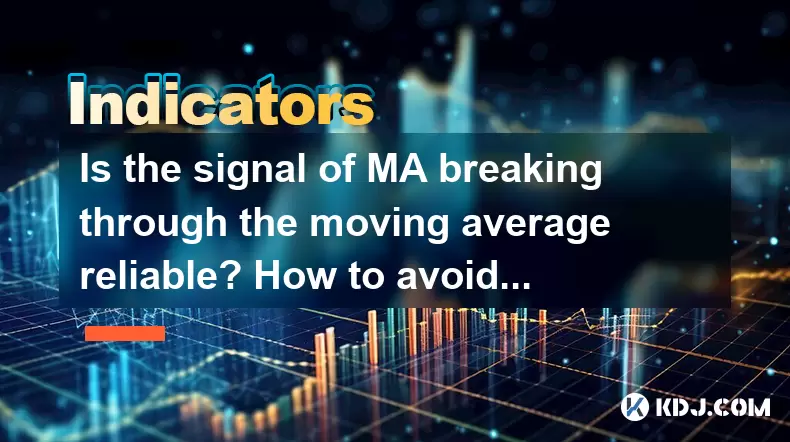
Is the signal of MA breaking through the moving average reliable? How to avoid false breakthroughs?
In the world of cryptocurrency trading, technical analysis plays a crucial role in making informed decisions. One of the most commonly used indicators is the Moving Average (MA). Traders often look for signals of MA breaking through the moving average to decide when to enter or exit a trade. However, the reliability of these signals can be a topic of debate. This article delves into the reliability of MA breakthrough signals and provides strategies to avoid false breakthroughs.
Understanding Moving Averages and Breakthroughs
A Moving Average (MA) is a widely used technical indicator that helps smooth out price data by creating a constantly updated average price. There are several types of MAs, such as the Simple Moving Average (SMA) and the Exponential Moving Average (EMA). A breakthrough occurs when the price of a cryptocurrency crosses above or below a moving average line.
The reliability of an MA breakthrough signal largely depends on the timeframe and the type of moving average used. For instance, shorter-term moving averages like the 5-day or 10-day SMA can generate more frequent signals but are also more prone to false breakthroughs. On the other hand, longer-term moving averages like the 50-day or 200-day SMA tend to be more reliable but generate fewer signals.
Factors Affecting the Reliability of MA Breakthroughs
Several factors can influence the reliability of MA breakthrough signals. Market volatility is one of the primary factors. In highly volatile markets, prices can fluctuate rapidly, leading to more false breakthroughs. Additionally, trading volume plays a significant role. A breakthrough accompanied by high trading volume is generally considered more reliable than one with low volume.
Another factor to consider is the type of cryptocurrency. Some cryptocurrencies are more stable and less prone to sudden price swings, which can affect the reliability of MA signals. For example, Bitcoin, being the most established cryptocurrency, often exhibits more reliable MA signals compared to newer, more volatile altcoins.
Identifying False Breakthroughs
False breakthroughs, also known as whipsaws, can lead to significant losses if traders act on them without proper analysis. To identify a false breakthrough, traders should look for certain signs. One common sign is a lack of follow-through. If the price breaks through a moving average but quickly reverses direction, it is likely a false signal.
Another sign is low trading volume during the breakthrough. If the volume is significantly lower than average, it may indicate a lack of conviction among traders, suggesting a false breakthrough. Additionally, conflicting signals from other technical indicators, such as the Relative Strength Index (RSI) or the Moving Average Convergence Divergence (MACD), can also help identify false breakthroughs.
Strategies to Avoid False Breakthroughs
To minimize the risk of false breakthroughs, traders can employ several strategies. One effective approach is using multiple timeframes. By analyzing the same MA breakthrough on different timeframes, traders can gain a more comprehensive view of the market. For example, if a breakthrough appears on a 1-hour chart but not on a 4-hour chart, it might be a false signal.
Another strategy is combining MAs with other indicators. Using additional technical indicators can provide more confirmation for a breakthrough. For instance, if the RSI is in overbought or overset territory when a breakthrough occurs, it might suggest a false signal.
Here are some detailed steps to implement these strategies:
- Using Multiple Timeframes:
- Open your trading platform and select the cryptocurrency you are analyzing.
- Start with a shorter timeframe chart, such as a 1-hour chart, and identify any MA breakthroughs.
- Switch to a longer timeframe chart, such as a 4-hour or daily chart, and check if the same breakthrough is visible.
- If the breakthrough is not confirmed on the longer timeframe, it might be a false signal.
- Combining MAs with Other Indicators:
- Open your trading platform and select the cryptocurrency you are analyzing.
- Add the MA indicator to your chart and identify any breakthroughs.
- Add other technical indicators like RSI or MACD to your chart.
- Check if the other indicators confirm the MA breakthrough. If they do not, it might be a false signal.
Practical Examples of MA Breakthroughs
To illustrate the concepts discussed, let's look at some practical examples of MA breakthroughs in the cryptocurrency market. Suppose we are analyzing Bitcoin (BTC) on a daily chart using a 50-day SMA. If the price of BTC breaks above the 50-day SMA with high trading volume and the RSI is not in overbought territory, this could be considered a reliable bullish signal.
In contrast, if the price of BTC breaks below the 50-day SMA but the trading volume is low and the MACD does not confirm the bearish signal, it might be a false breakthrough. By examining these examples, traders can better understand how to interpret MA signals and avoid false breakthroughs.
Conclusion
The reliability of MA breakthrough signals in the cryptocurrency market can vary based on several factors, including market volatility, trading volume, and the type of cryptocurrency. By understanding these factors and employing strategies such as using multiple timeframes and combining MAs with other indicators, traders can enhance their ability to distinguish between reliable and false breakthroughs. This knowledge is crucial for making informed trading decisions and minimizing potential losses.
Frequently Asked Questions
Can MA breakthroughs be used for both short-term and long-term trading?Yes, MA breakthroughs can be used for both short-term and long-term trading. However, the reliability of the signals can vary. Short-term traders often use shorter-term MAs like the 5-day or 10-day SMA, while long-term traders might use longer-term MAs like the 50-day or 200-day SMA.
How do I choose the right moving average for my trading strategy?The choice of moving average depends on your trading style and objectives. Short-term traders might prefer shorter-term MAs for more frequent signals, while long-term traders might opt for longer-term MAs for more reliable signals. It's also important to backtest different MAs to see which one performs best for your specific cryptocurrency and timeframe.
Are there any other technical indicators that can complement MA breakthroughs?Yes, several technical indicators can complement MA breakthroughs. Some popular ones include the Relative Strength Index (RSI), the Moving Average Convergence Divergence (MACD), and the Bollinger Bands. These indicators can provide additional confirmation or alert you to potential false signals.
How important is trading volume when analyzing MA breakthroughs?Trading volume is very important when analyzing MA breakthroughs. A breakthrough accompanied by high trading volume is generally considered more reliable because it indicates strong market participation and conviction. Conversely, a breakthrough with low trading volume might be a false signal, as it suggests a lack of market interest.
Disclaimer:info@kdj.com
The information provided is not trading advice. kdj.com does not assume any responsibility for any investments made based on the information provided in this article. Cryptocurrencies are highly volatile and it is highly recommended that you invest with caution after thorough research!
If you believe that the content used on this website infringes your copyright, please contact us immediately (info@kdj.com) and we will delete it promptly.
- BlockDAG, DOGE, HYPE Sponsorship: Crypto Trends Shaping 2025
- 2025-10-01 00:25:13
- Deutsche Börse and Circle: A StableCoin Adoption Powerhouse in Europe
- 2025-10-01 00:25:13
- BlockDAG's Presale Buzz: Is It the Crypto to Watch in October 2025?
- 2025-10-01 00:30:13
- Bitcoin, Crypto, and IQ: When Genius Meets Digital Gold?
- 2025-10-01 00:30:13
- Stablecoins, American Innovation, and Wallet Tokens: The Next Frontier
- 2025-10-01 00:35:12
- NBU, Coins, and Crypto in Ukraine: A New Yorker's Take
- 2025-10-01 00:45:14
Related knowledge
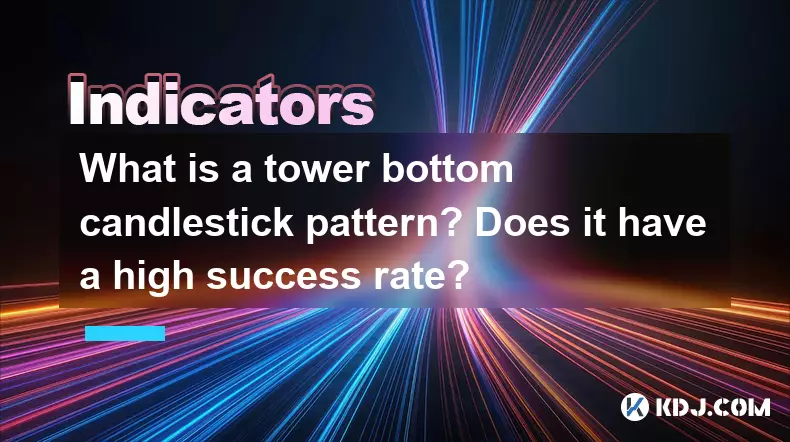
What is a tower bottom candlestick pattern? Does it have a high success rate?
Sep 22,2025 at 07:18am
Tower Bottom Candlestick Pattern Explained1. The tower bottom candlestick pattern is a reversal formation that typically appears at the end of a downt...
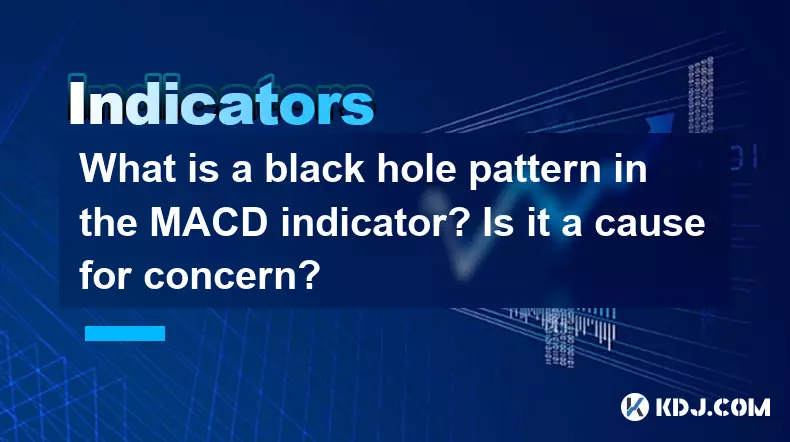
What is a black hole pattern in the MACD indicator? Is it a cause for concern?
Sep 21,2025 at 06:54pm
Bitcoin's Role in Decentralized Finance1. Bitcoin remains the cornerstone of decentralized finance, serving as a benchmark for value and security acro...

How can I use the psychological line (PSY) to determine market sentiment?
Sep 17,2025 at 02:19pm
Understanding the Psychological Line (PSY) in Cryptocurrency TradingThe Psychological Line, commonly referred to as PSY, is a momentum oscillator used...
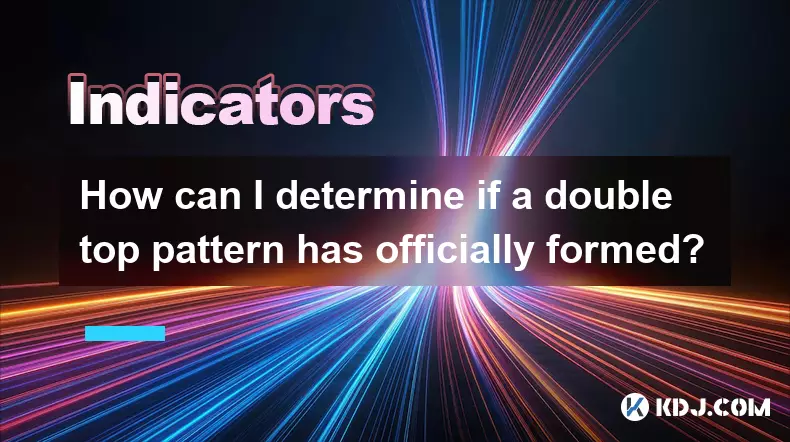
How can I determine if a double top pattern has officially formed?
Sep 21,2025 at 03:18am
Understanding the Structure of a Double Top Pattern1. A double top pattern consists of two distinct peaks that reach approximately the same price leve...
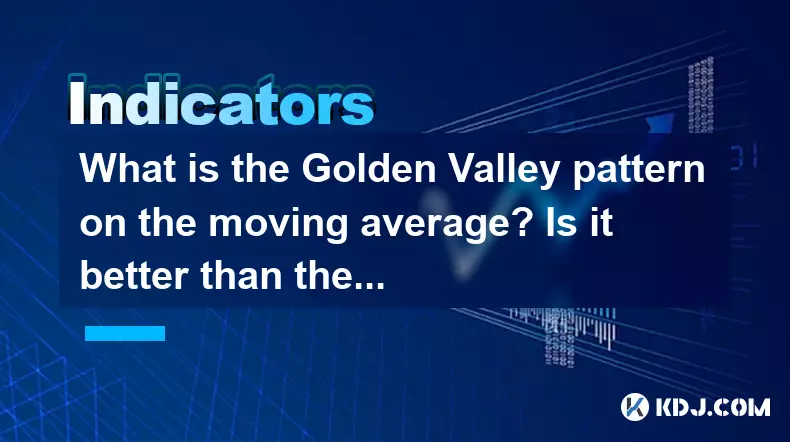
What is the Golden Valley pattern on the moving average? Is it better than the Silver Valley pattern?
Sep 21,2025 at 02:54pm
Understanding the Golden Valley Pattern in Moving Averages1. The Golden Valley pattern is a technical formation observed in cryptocurrency price chart...

What does a death cross of the RSI in the strong zone (above 50) mean?
Sep 17,2025 at 10:54pm
Understanding the Death Cross in RSI Context1. The term 'death cross' is traditionally associated with moving averages, where a short-term average cro...

What is a tower bottom candlestick pattern? Does it have a high success rate?
Sep 22,2025 at 07:18am
Tower Bottom Candlestick Pattern Explained1. The tower bottom candlestick pattern is a reversal formation that typically appears at the end of a downt...

What is a black hole pattern in the MACD indicator? Is it a cause for concern?
Sep 21,2025 at 06:54pm
Bitcoin's Role in Decentralized Finance1. Bitcoin remains the cornerstone of decentralized finance, serving as a benchmark for value and security acro...

How can I use the psychological line (PSY) to determine market sentiment?
Sep 17,2025 at 02:19pm
Understanding the Psychological Line (PSY) in Cryptocurrency TradingThe Psychological Line, commonly referred to as PSY, is a momentum oscillator used...

How can I determine if a double top pattern has officially formed?
Sep 21,2025 at 03:18am
Understanding the Structure of a Double Top Pattern1. A double top pattern consists of two distinct peaks that reach approximately the same price leve...

What is the Golden Valley pattern on the moving average? Is it better than the Silver Valley pattern?
Sep 21,2025 at 02:54pm
Understanding the Golden Valley Pattern in Moving Averages1. The Golden Valley pattern is a technical formation observed in cryptocurrency price chart...

What does a death cross of the RSI in the strong zone (above 50) mean?
Sep 17,2025 at 10:54pm
Understanding the Death Cross in RSI Context1. The term 'death cross' is traditionally associated with moving averages, where a short-term average cro...
See all articles










































































